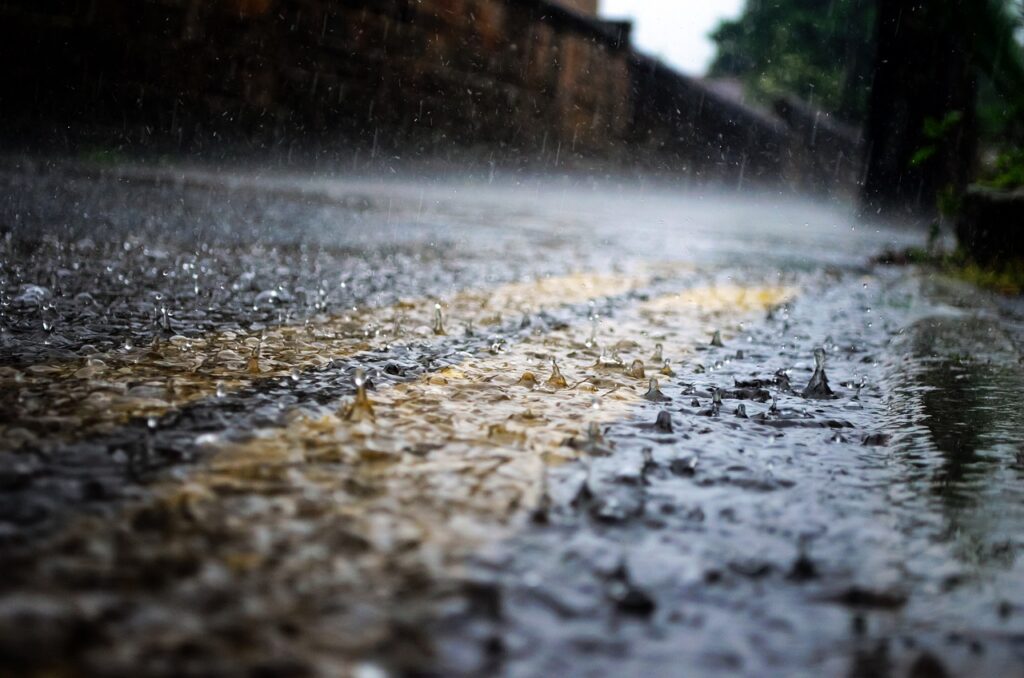Rainwater Has Become Dangerously Toxic?
The environment is in a state of decline, now humans have succeeded in polluting the planet so badly that rainwater has become unsafe.
This article is more than 2 years old

Let’s face it, the human race has not done a particularly good job of taking care of the Earth on which we all abide. People are masters at manifesting waste. That is particularly true of highly industrialized nations like those of us in the United States. The problem is that this gluttonous way of living is starting to take its toll on the planet in numerous ways. This is turn starting to adversely affect the people who created the problem in the first place. The BBC reported that chemicals known as PFAS have become so integrated into the atmosphere that studies are now showing rainwater contains unsafe levels of the toxic compounds.
A new research study conducted by scientists at Stockholm University indicates that PFAS present in rainwater now “greatly exceed” levels that are considered safe in virtually every portion of the world. The study asserts that it is crucial that the use of these chemicals be restricted as expeditiously as possible.
PFAS (polyfluoroalkyl and perfluoroalkyl substances) or forever chemicals are used to make many of the common consumer products individuals use on a daily basis. In total, there are around 4,500 different PFAS compounds that can be found in everything from food packaging to shampoo bottles and cookware. They exist in almost everything. The problem is these compounds break down exceptionally slowly. And over the years they have also been linked to a potential cause of cancer. That is not a good combination, to put it lightly.
“We argue here that we’re not within this safe operating space anymore, because we now have these chemicals everywhere, and these safety advisories, we can’t achieve them anymore,” said Professor Ian Cousins, the lead researcher from Stockholm University. Essentially, Cousins is saying that because these PFAS are not breaking down they are building up, which is rapidly elevating their levels in rainwater. Based on the information gathered about PFAS thus far, that could pose severe consequences that are not fully understood yet. “In this background rain, the levels are higher than those environmental quality criteria already. So that means that over time, we are going to get a statistically significant impact of those chemicals on human health,” explained Professor Crispin Halsall who teaches at the University of Lancaster.
Speaking further about the research done by the team at Stockholm University, Cousins said “…we’re in a place now where you can’t live anywhere on the planet, and be sure that the environment is safe.” PFAS have even been found to be present in the inhospitable arctic’s precipitation. In fact, it’s not just rainwater that individuals should be concerned about. PFAS are also present in the Earth’s soil.
The study is urging government agencies on a global scale to start restricting the utilization of the PFAS compounds that are still widely used. Certain compounds that have been outlawed for years or decades still persist in rainwater and in the environment in general. Until they are banned entirely the chemicals will continue to build in the atmosphere putting the world’s populace at continuously increasing risk. It remains uncertain if and when any government agencies will take action. However, it’s worth noting that considering the current declining state of the environment, perceivable in everything from the state of the world’s oceans to increasing bouts of extreme weather, it’s likely removing PFAS from rainwater won’t make the list of priorities. Inaction may as well be big brother’s middle name.



